Tarxien Temple Complex
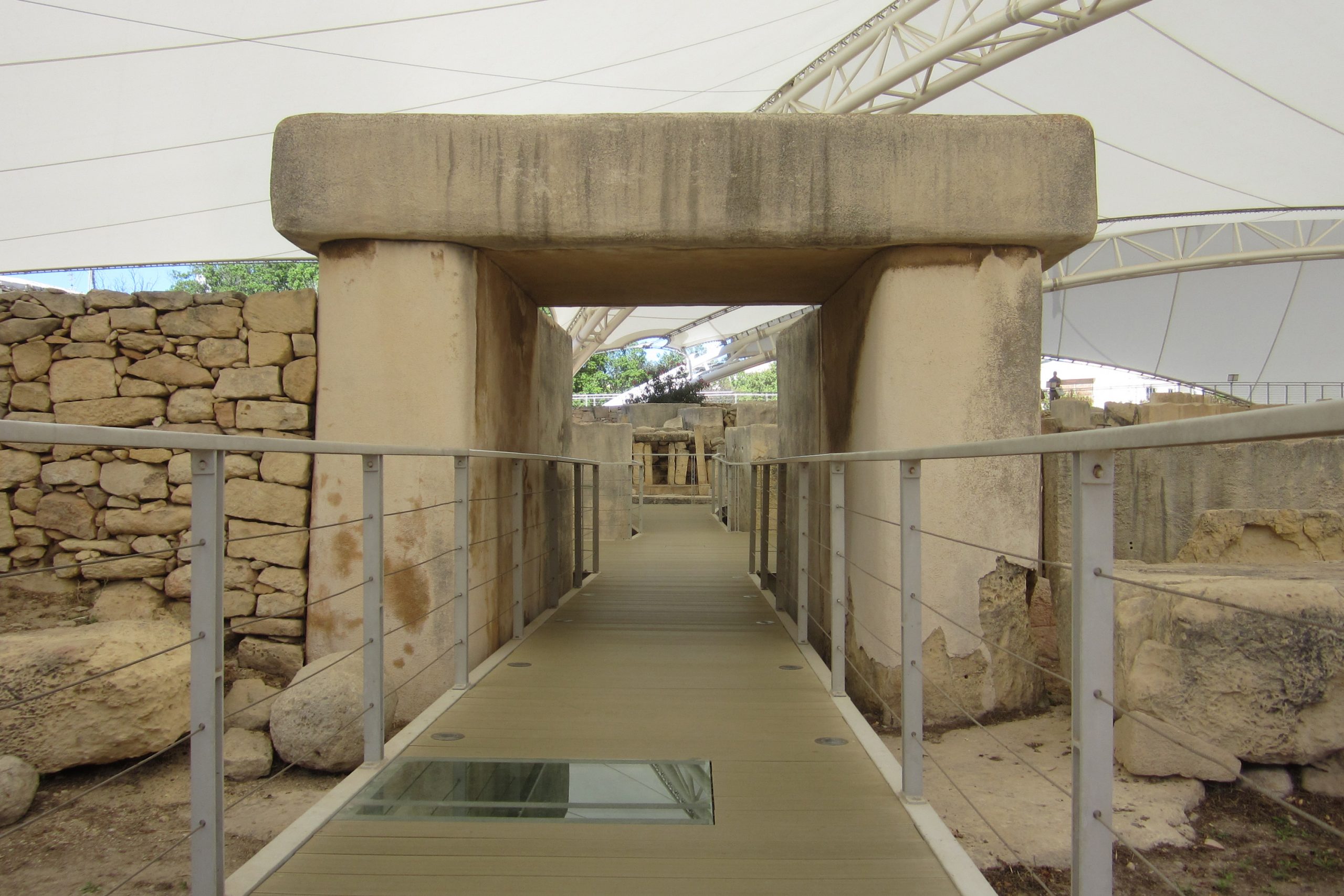
The Tarxien Temples are an archaeological site in Malta, a World Heritage Site since 1992. They are one of the best-preserved examples of megalithic temples, monumental structures that characterized the Maltese historical period known as the “Age of Temples” (3600-2500 BCE).
The site was discovered in 1913 thanks to reports from local farmers to the then Director of the Valletta Museum of Archeology Themistocles Zammit. The South Temple was excavated between 1915 and 1919. Excavations continued until 1997.
It is the Maltese temple complex in which the differences between the older phase and the latter one are clearly evident. As a matter of fact, the original remains are made of perfectly cut and squared, sophisticated megaliths while the renovations that were made later are poor and consist of small, loose bricks.
The complex includes four temples built over a thousand years. The temples are located in the heart of the city of Tarxien (close to the church and the cemetery) and contain many bas-reliefs (on the walls and on the altar), whose decorations depict domesticated animals. The spiral decorations in the apse of the South Temple are noteworthy.
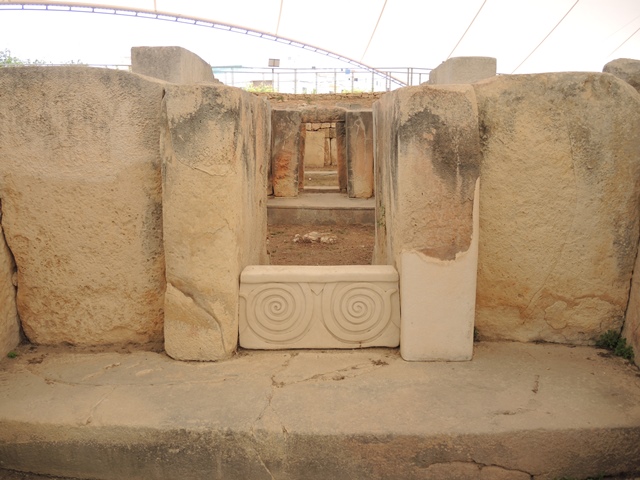
The main entrance leads to the third temple, the most recent rich in elaborate decorative motifs, but the least important from a structural point of view. On the right you can see the remains of a colossal stone statue with draped robes.
Of the statue, probably three meters high, only the lower part remains, whose prosperous hips suggest it was dedicated to the goddess of fertility.
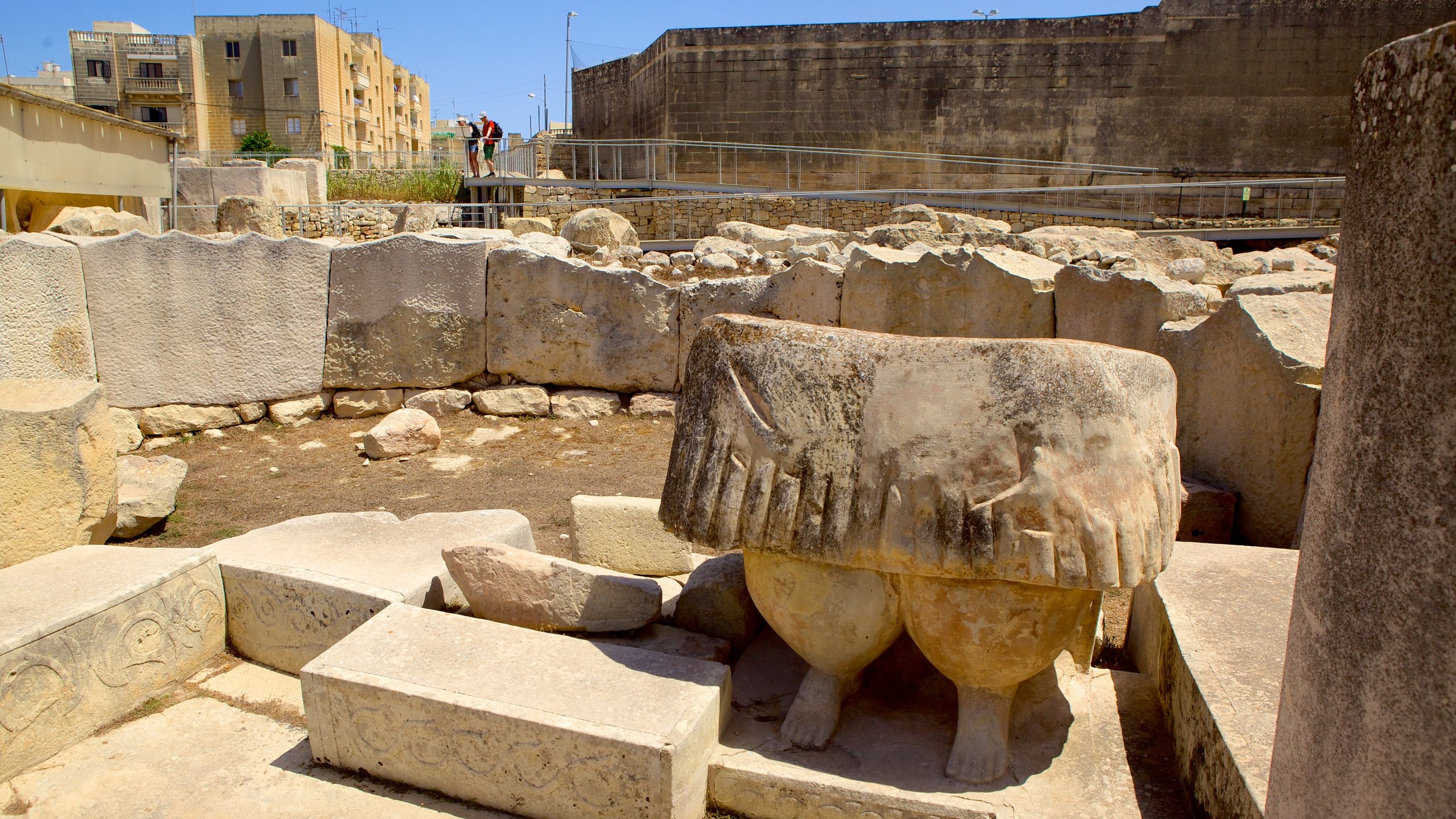
At the base there is a hole, originally closed with a stone, in which a flint blade was found used for rituals with some animal bones.
The second temple is formed by three parallel series of semicircular apses connected by a passage oriented from north to south. On the side blocks of the walls there are holes to which the communication doors were secured. On one of the walls leading to the first temple you can admire a bas-relief representing two bulls and a sow, symbols respectively of strength and fertility.
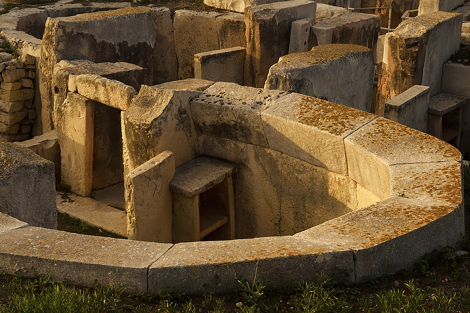
The first temple is built with slabs and unworked blocks and being the oldest, it was altered with the construction of the second. Casually scattered throughout the complex, there are large spherical stones that were used by the builders to roll the large stone blocks. Because of their arrangement, sometimes even symmetrical, it is assumed that they also had a magical meaning.
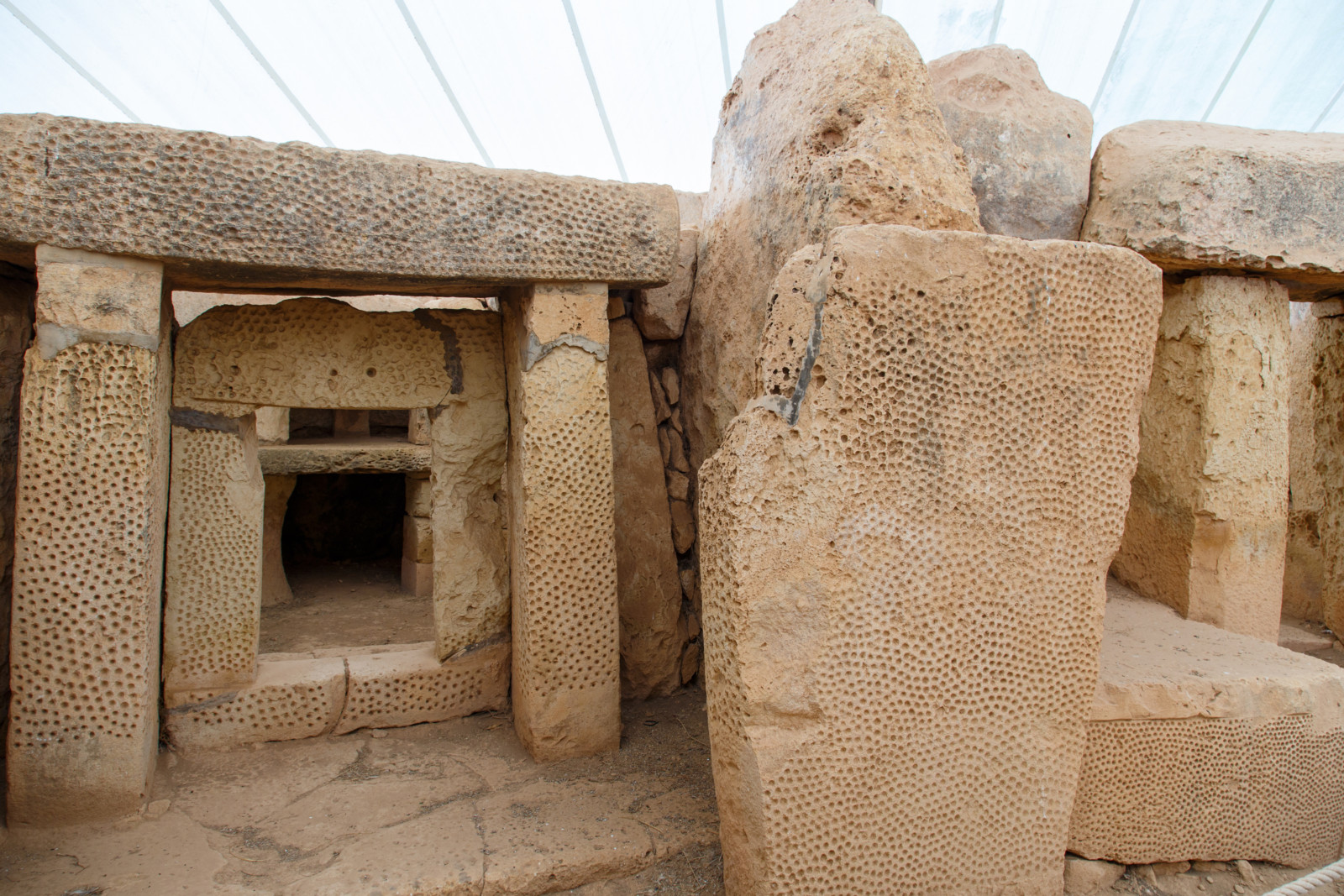
The temples of Tarxien were built in the heyday of the Templar period and testify to the pinnacle of prehistoric art, architecture and rituals in the late Maltese Neolithic.
The first megalithic structure was erected around 3600 BCE: the remains of this building are found in the area at the extreme east of the site. It originally consisted of five semicircular chambers, known as apses, and a concave facade.
The eastern temple was the first to be built, followed by the southern and central formation.
The southern temple has the largest concentration of megalithic art: stone blocks with bas-reliefs with spiral motifs and representations of sacred animals.
The central temple was probably the last to be erected and has the most complex plan having six apses. The passage between the first and the second pair of apses is blocked by a megalith with double spiral decoration.
This suggests that the building must have had limited access, having been reserved for a special group of people, an elite or initiates.
